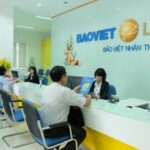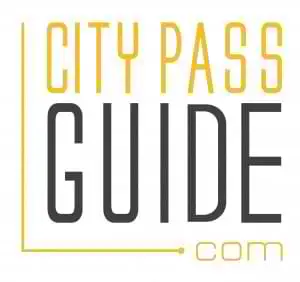For many, trying to decide what makes an ‘international education’ is an ongoing source of debate. Many educators believe that a truly ‘international education’ should broaden perspectives, build diverse connections and encourage innovation and ideas across borders.
In Vietnam, the demand for a ‘Western-style’ education continues to rise. Thanks to the rapid growth in the number of English speaking international schools in the country, study programmes such as the International Baccalaureate and Cambridge Assessment system, are transforming education standards across the country.
By enrolling in a programme like the International Baccalaureate, students become part of an authentic and progressive international community, where they are exposed to a variety of cultures, languages and ideologies.Teachers encourage independent thinking, embrace diversity and nurture inclusivity, so that when students graduate from school and step out into the world, they are prepared for the challenges that they face being a member of an international community in the 21st Century.
The History of The International Baccalaureate
When it was founded in the 1960’s, the International Baccalaureate programme was designed to help students achieve an internationally recognized diploma for swift entry into universities all around the world. Primarily designed with the children of diplomats and expatriates in mind, the IB diploma offered students a chance to be assessed in a consistent manner and to international standards.

For 30 years, IB assessment was only available for older students, but by the early 1990’s the demand for a consistent international education programme for younger children had increased and in 1994, the IB Middle Years Programme was introduced. Aimed at improving international education standards for students aged 11 to 16, the programme was soon available in over 50 countries and paved the way for the third IB programme (Primary Years) to follow 3 years later.
Nowadays, there are more than 5,500 IB schools spread across 159 countries and 6 continents. Currently, there are 16 schools in Vietnam that offer recognised IB programmes, with 12 of those international schools located in Ho Chi Minh City.
The Advantages of Enrolling into an IB Programme in Vietnam
Based on recent scores in international olympiads, students who are enrolled into the standard Vietnamese curriculum are doing significantly better than they were a decade ago, particularly in subjects such as Math and Science. However, rote learning is still a feature of most Asian educational strategies, and for many students the IB programme offers an alternative method of instruction that is much more appealing and relevant to the modern world.
Rather than being rigidly instructed by teachers, IB students are urged to think critically and address complex issues whilst controlling their own learning journey. IB students are taught to be culturally aware, and as they acquire a second or, in many cases, third language, they also develop the ability to interact effectively in an increasingly globalised and swiftly transforming world. The development of such soft skills regularly result in IB graduates being accepted into the highest-ranking colleges across the globe.

In addition to the interactive teaching methods of an IB Programme, the provision of an immersive foreign language speaking environment is a further benefit of enrolling in an IB school. The language of instruction of most IB programmes in Vietnam is English, but French and Spanish are also used globally. By studying in a wholly foreign language, students often graduate with exceptional language skills, far beyond those that can be developed by learning a second language as a side subject.
Ultimately, the benefits of studying the IB programmes reach further than academic excellence. Based on official studies done by the International Baccalaureate, graduates of their programmes display not only strong academic skills, but are also socially competent and open minded and reflective.
An Overview of the Programmes
All three IB programmes encourage personal development and academic achievement. They are designed to encourage students to think critically, to ask the right questions and think across disciplines. Each IB programme also fosters diversity, curiosity and a healthy appetite for learning.
The Primary Years Programme is designed for children aged 3 to 12. Activities are designed to nurture and develop young students into considerate, active participants in a lifelong journey of learning. The student-centered approach to education sees students take ownership of their education by working together with teachers to increase understanding and build their confidence and self-motivation.
Middle Years students aged 11 to 16 build on the Primary Years foundation to become internationally minded, active learners. The MYP programme encourages students to make connections across their subjects and real world experience. Project based learning is a key component of middle years programmes, which enables students to learn how to communicate effectively and provides them an opportunity to develop deeper understandings through thorough investigation.

Finally, the IB Diploma completes the period of formal education for students aged 16 to 19. The programme is designed to develop graduates who have an excellent breadth and depth of knowledge. By focusing on three core areas, and six subject groups, students are provided with broad educational experience that challenges them to utilise the knowledge and skills that they have developed in earlier programmes.
At the Core of the IB Diploma
Study for IB Diploma students is built around three core elements:
– Theory of knowledge : students reflect on the nature of knowledge
– The extended essay: students conduct their own research to produce a 4,00o word paper.
– Creativity, activity, service: students complete a project based around these three concepts.
Students select subjects from key six subject groups, within which there are different subjects. Students are required to select at least one course from each group, with study of a second course possible in all groups except for the arts.
For more information about the options available in each subject group click on the links provided.
– Studies in language and literature
– Language acquisition: Individuals and societies
– Sciences
– The arts






